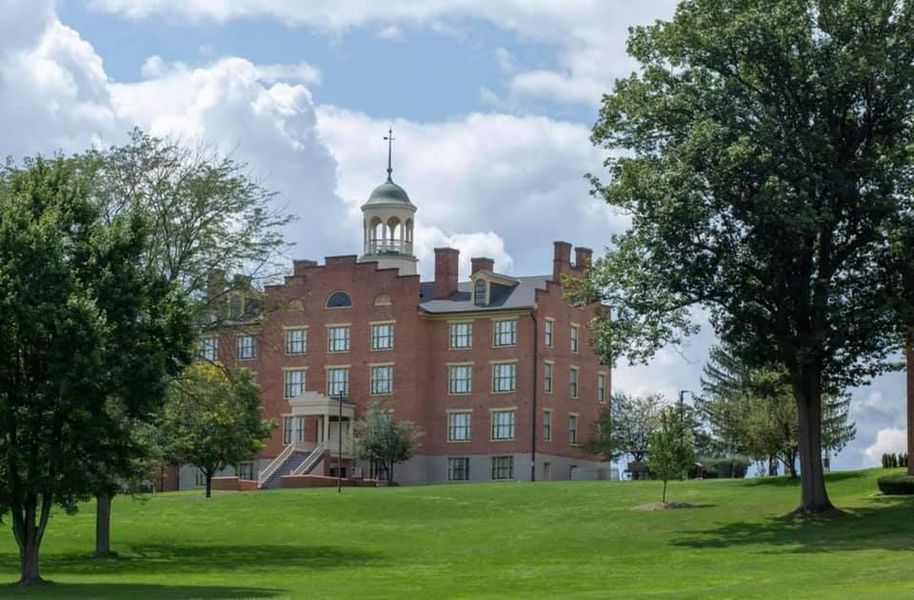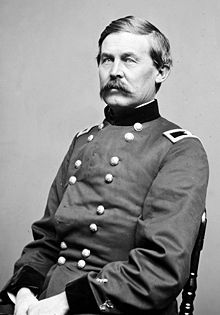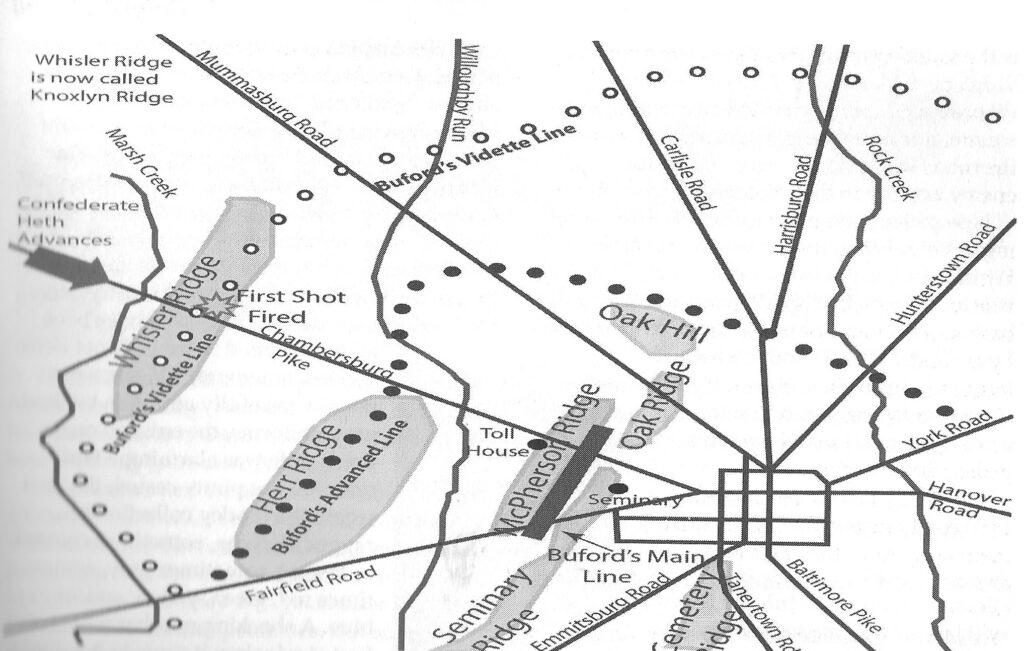
On the morning of 1 July – Day #1 of the Battle of Gettysburg – his plan unfolded as if Lee had read the script. Lee’s advance element was MG Henry Heth’s Division. As they emerged from the tree line, Buford’s cannons open fire — not directly on them but on the road in front of them. Since no one would willingly walk into a cannon barrage Heth’s men dispersed randomly to the north and south off the road. Officers and NCOs lost control of their units. The soldiers behind lagged in the tree line bunching up the army. It took a while for the lead elements to re-organize. All the time they were under rifle fire from Buford’s men.
This is where the second main element of the attack came into play. Most of Buford’s men were armed with breech-loading rifles. While still only firing a single shot, they could be reloaded much faster than the older muzzle-loaders carried by the rebels. They could lay down fire at a rate 4-5x that of the muzzle-loaders. Thus, the initial assessment relayed to Heth was that they had encountered a much larger force than Buford had widely dispersed in front of them.
Meanwhile, Lee had spent the night not far behind Hill’s Corps. He was startled to hear cannon fire in the distance and rode forward to assess the situation. Lee was at that moment at a distinct disadvantage. His lack of contact with Stuart meant that he had no idea of the position or strength of any Union force in the area. Also, since he was operating in enemy territory, he had no maps with any great detail. He knew that Gettysburg was connected to all of the major cities, but he knew nothing of the terrain that Buford had so accurately scouted and reported on to Meade. Lee rode blindly towards the cannon fire. Accompanied by LTG Hill, he met up with Heth who briefed him of the “significant” force that they faced. Heth was trying to push more of his troops to the front to launch a counter assault.
From the tree line, Lee quickly spotted Buford’s command flag on the Seminary but beyond that he could not see the Cemetery or Culp’s Hill. The long thin line of Seminary Ridge blocked his view of the rolling hills that jutted south from the cemetery that would determine the ultimate outcome over the next few days.
He could also see that Heth’s forces were advancing towards Gettysburg as Gamble’s men fell back under the weight of the rebel’s attacks. Satisfied that his men would carry the day, he withdrew to meet LTG Longstreet along the route of advance.
From the cupola of the Seminary, Buford watched as his men strategically withdrew towards the city. He wondered whether or not he had sacrificed his entire force for no gain. On a whim, he turned his binoculars to the south; there were saw a cloud of dust and LTG Reynolds’ command flag. He knew he and his men were saved. In the time it took Reynolds to arrive at the Seminary, they could hear the band of the First Corps keeping the marching cadence as the lead elements of Reynolds’ 10,000-man force came into view.
Reynolds quickly agreed to Buford’s plan and began to deploy his men between Buford’s and the city thereby allowing Buford’s battered force to withdraw as Reynolds’ men took over the battle. Buford’s job was finished. He gathered and withdrew down the Baltimore Pike to meet up with Meade and await further orders. His Cavalry was no longer an effective combat force but they had succeeded in their (self-assigned) mission!


2 separate battles
In reality, Buford’s two brigades fought essentially two different battles. While Gamble’s Brigade was facing off against Heth, Devin’s was operating over a large area to the north of the city guarding against the approach of Ewell’s Corps. So it was about 1500 men (Gamble) delaying Hill’s Corps while the remainder awaited Ewell. The Union First Infantry Corps had all but relieved Gamble’s Cavalry before Devin’s troops began to engage Rodes at Oak Hill. Even the rather uncoordinated attack of Rodes’ three brigades pushed Devin closer to the town. In another timing event, the first of Howard’s Eleventh Corps troops arrived just as Devin was beginning to falter. Unfortunately for the 11th, Early’s Division arrived from the NW just as they were attempting to position the extreme right flank of the Union line. Early’s well timed and effective attack broke that position driving them back through the city.
At that point, the entire Union line simply unzipped!
